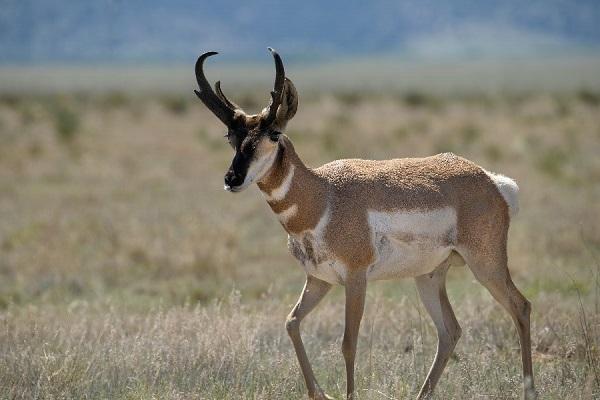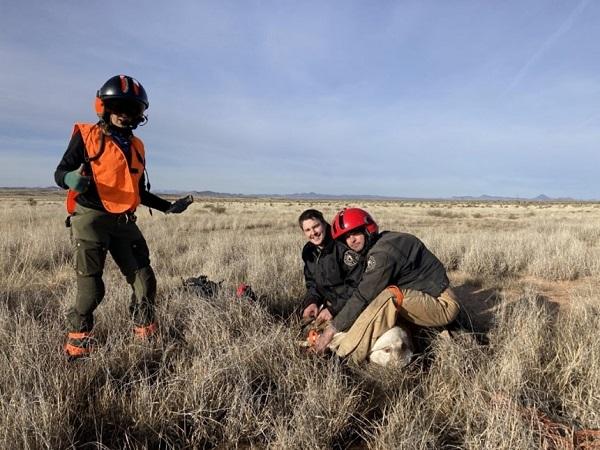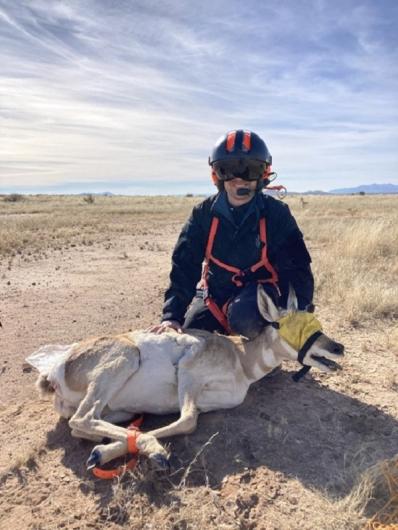Related Stories
- Using science to uncover mysteries of the Mesa archaeological site in Alaska
- Lake Havasu Fisheries Improvement Program is the gift that keeps giving
- BLM is thankful for public lands volunteers
- BLM delivers on administration priorities
- BLM Fire and National Conservation Lands managers collaborate to meet shared goals
Office
1800 Marquess Street
Las Cruces, NM 88005-3371
United States
Phone:
Email:



